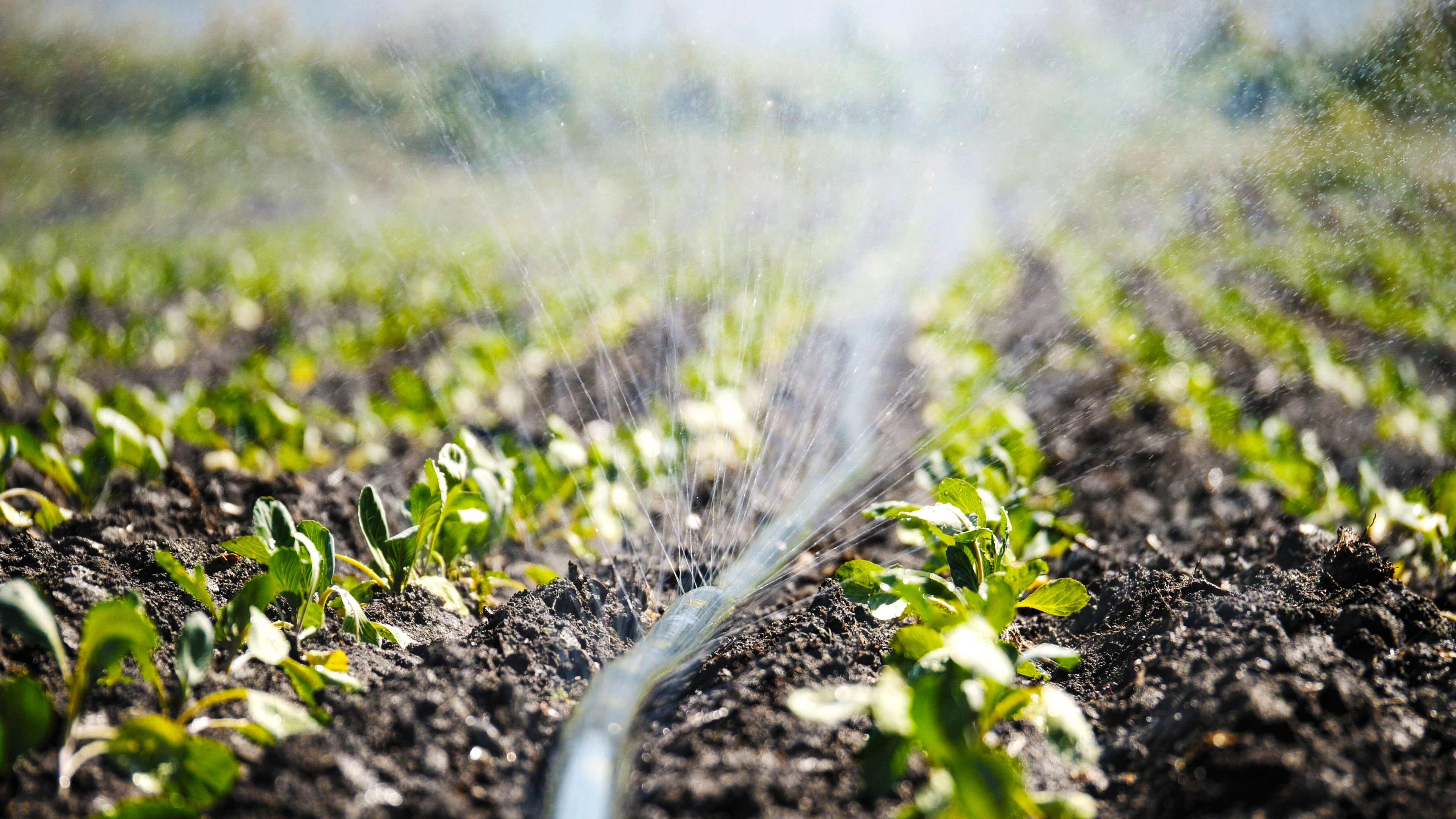The issues of soil degradation and the loss of soil fertility have been on the international agenda for years. Endorsed by the Food and Agriculture Organization (FAO) of the United Nations in 2014, the UN General Assembly designated 5 December 2014 as the first official World Soil Day with the aim of attracting attention to the issue of soil health and sustainable soil management. While the issue of food production remains at the heart of discussions, soil provides much more than ‘just food’ to people. A range of essential to human life nature services are linked to soil health and are affected by agricultural practices. These include the formation of water stocks and the carbon-absorbing capacity of soil. Lately, however, both farmers and experts have demonstrated that there are alternative ways of production that help to regenerate soil health. In this context, the regeneration of the entire agricultural system represents a way of restoring soil functions and nature services.
Soil is much more than food
The importance of soil cannot be underestimated as the majority of the world’s food is produced on soil which is a living system that involves the complex interaction of insects, fungi, bacteria, and other organisms with their surrounding physical environment. This delicate dynamic balance is at the base of soil fertility and creates conditions for crops to grow providing yields in agriculture.
Food production, however, is not the only soil service providing for human life. Healthy soil also contributes to clean air and water, soil detoxification, the prevention of soil erosion, carbon sequestration, and the suppression of pests and diseases to name just a few.
According to Ph.D. in agricultural sciences, Dr. Boris Boincean, Senior Researcher in Agricultural Sciences at Moldova’s Academy of Sciences, “a healthy soil provides a high level of production ecosystem and social services such as filtration and purification of water until it drains into rivers, ponds or basements; habitat for the diversity of soil biota throughout the food chain, which guarantees health in the complex system of interaction: soil – plants – animals – humans; diminishing global warming processes by absorbing CO2 from the atmosphere and accumulating organic matter in the soil through humidification and physical protection of carbon from plants and other organic sources.”
Loss of soil services
Despite its importance, soil has been constantly degraded all over the world by the agricultural practices of the so-called conventional approach based on monoculture, tillage, and the use of synthetic pesticides and fertilizers, raising serious concerns about the ability of humankind to feed itself in the coming decades.
See also: Can high yields today ensure our food in 10 years?
Soil degradation means not only the loss of soil fertility and its function to produce food, but also its overall reduced capacity to provide all the above-mentioned services. Thus, the loss of soil health poses risks not only to food security but also contributes to climate change, the depletion of water stocks, and the loss of biodiversity. In conventional agricultural systems, for instance, only a very small amount of water infiltrates the soil whereas this infiltration is crucial in the formation of the underground water aquifers that feed larger bodies of water where drinking water comes from. Conventionally managed soil simply is not able to absorb the water that runs off thus contributing to the phenomenon known as soil erosion. Furthermore, it makes the agricultural system more vulnerable to extreme weather conditions, as the soil retains less moisture.
“Water cannot penetrate the soil because it is compacted. We have drought,” said Dr. Boris Boincean.

Regenerating soil in regenerative agricultural systems
Soil regeneration is possible and has been gaining attention among farmers, experts, and legislators. The Global Soil Partnership for instance was created by the FAO in 2011 to bring together different actors and institutions in order to ‘promote Sustainable Soil Management (SSM) and improve soil governance to guarantee healthy and productive soils and support the provision of essential ecosystem services’.
There are different techniques in agriculture that can help to restore soil health and soil functions but their effectiveness is higher when the producer opts to transform an entire agricultural system rather than merely apply just a few of these techniques. For instance, in systems such as agro-silvo-pastoralism, producers follow a range of principles including least soil disturbance, keeping the living root and soil armour, integrating animals in the system (instead of keeping them closed indoors), and increasing biodiversity.
See also: Agro-silvo-pastoralism turns land healthy and prevents desertification in Portugal
The advantages of such systems are numerous as not only is it possible to regenerate soil and increase its water infiltration capacity, the entire agricultural ecosystem can also be revived, producing tasty and healthy food and at the same time mitigating climate change since the soil in systems using these inexpensive management practices is capable of absorbing more than 100% of current annual CO2 emissions compared with soil in conventional systems. To conclude,
“Caring for the health (quality) of the soil by respecting the entire agricultural system is the key to success in sustainable agriculture with the provision of ecosystem and social services,” according to Dr. Boris Boincean, Senior Researcher in Agricultural Sciences.

